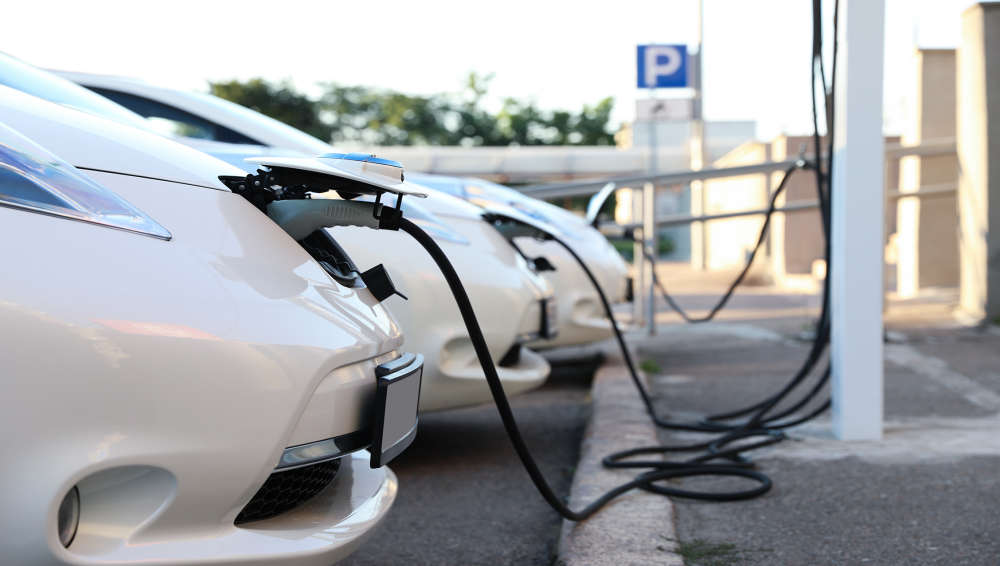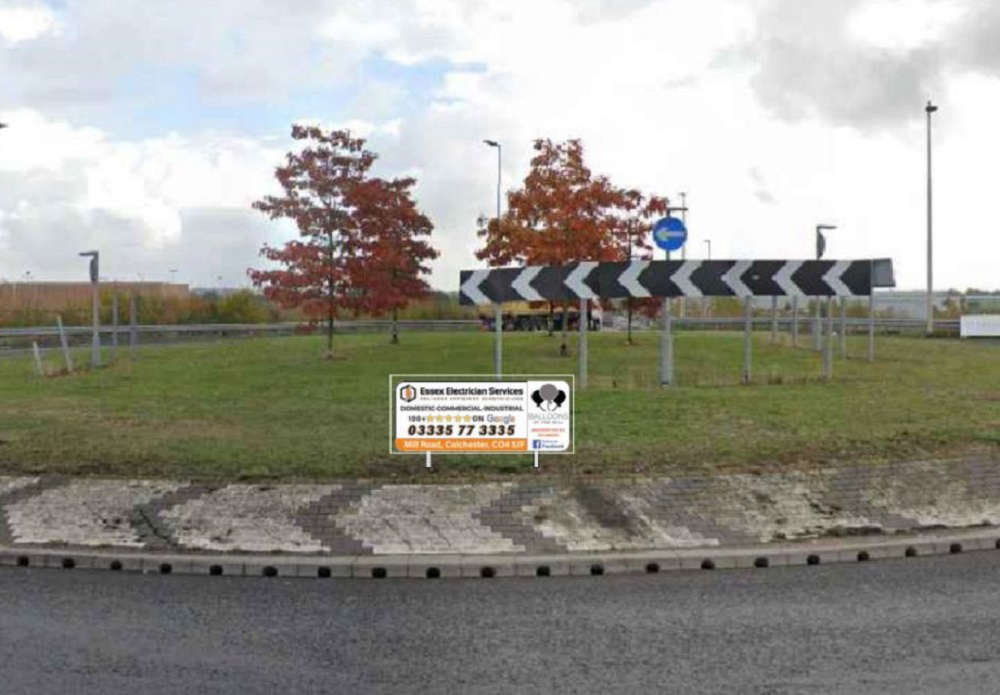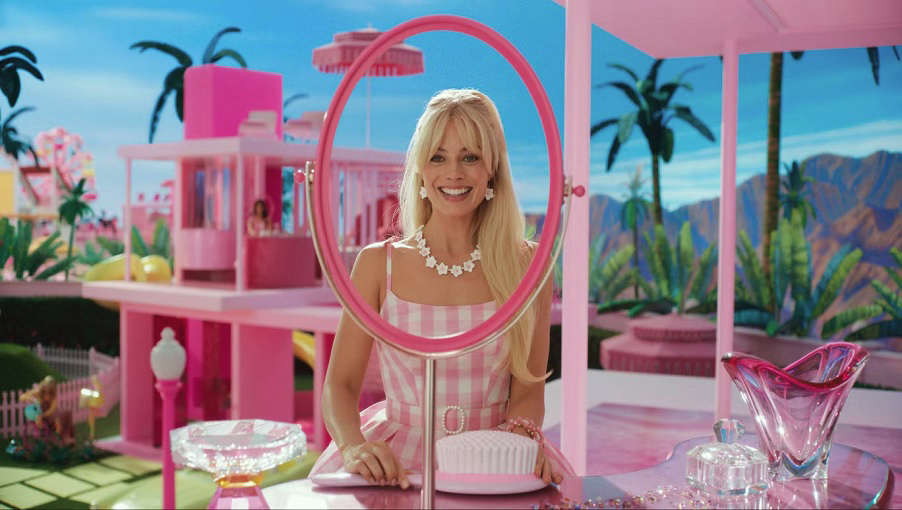

Three-phase load balancing: The way ahead for EV charging
Posted: Friday, August 26th, 2022

The connection of charging points is one of the most important aspects for building stable electrical systems and overcoming possible power problems, especially in urban areas. All charging points and networks should also be able to balance loads, which means optimising charging based on the needs and capacity of the grid, individual households and properties. The electrical supply in the UK comes from the grid as three phase and, while commercial and industrial buildings often have a three-phase mains supply, the majority of UK homes only receive a single-phase mains supply. However, forward thinking builders and developers are now starting to install three-phase power supply in domestic properties, and this opens up significant opportunities for more effective and, most importantly, better balanced EV charging. If a property has a three-phase power supply, then a three-phase EV charger can be installed. This is highly beneficial, because it ensures that all three phases of the power supply are being used equally, which helps to balance load on the system. It is of course possible to install a single-phase charger on a three-phase supply, but it is not best practice. This is because you essentially make one of the phases busier than the rest, which puts strain on the cables and isn’t good for power companies, or for the national grid in general. It’s a bit like three trains pulling into the station, all going to the same destination at the same time, but everyone jumps on the closest train to the barrier. All three trains leave the station and reach their destination at the same time, but the full train is overworked, has more wear on it and uses more power than the two empty trains. It would be far better if the passengers were spread out across the three trains, as the fully loaded train is less likely to break down and there’s less crowding on the train and at the platform. Now imagine that same journey being taken all day, every day, and you get an idea of how a single-phase charger on a three-phase supply can put unnecessary strain on the system! Already, around 70% of the EVs on the roads can accept three phase charging. Vehicles that can’t accept three-phase charge can still plug into a three-phase charger, and the car will limit the power being drawn to single phase. A three-phase 11kW or 22kW charger has the capacity to charge a vehicle faster than a 7.4kW single-phase charger, although the EV will limit the charge it draws in, usually to 11kW and in some cases to 7kWs or less. The growing number of households with more than one EV can also benefit from the higher capacity offered by three-phase chargers. For example, two EVs plugged into a CTEK Chargestorm Connected 2 (CC2) dual socket 22kW charger can share the load so, when the first car plugs in, it will charge at up to 22kW – then when the second car plugs in, both cars will charge at up to 11kW. The installation of three-phase chargers is an important part of the solution in the development of a robust, future-proofed EV charging network. And with more house builders and DNO’s (distribution network operators) installing three-phase power in homes, there is a real opportunity to design balanced load, three-phase power systems for new build properties. CTEK’s CC2 three-phase chargers offer a viable option, when looking to create balanced power networks incorporating EV charging. For single and three-phase systems, CTEK’s Nanogrid also offers a smart load balancing solution, preventing overload and balancing the power going to your EV charger (or chargers) against the power being used by everything else on your local power network. On a wider scale, electric motoring and the installation of a robust, efficient EV network is an integral part of our transition to a sustainable, fossil free society. For forward thinking developers, power companies and property owners, there are also opportunities to power EV chargers from renewable energy sources which will help to further reduce greenhouse emissions and strain on the grid. This way, EV charging becomes an integral part of a wider ecosystem that supports the UK’s environmental goals, and wider global sustainability goals in general.
Trending Stories
-
 Essex electrician has roundabout signs rejected
Essex electrician has roundabout signs rejected
A sparkie’s bid to sponsor signs on two roundabouts has been refused by planning chiefs who described them as “clutter”
-
 Barbie caused a ‘worldwide’ shortage of pink paint
Barbie caused a ‘worldwide’ shortage of pink paint
Barbie needed so much fluorescent pink paint that it caused a worldwide supply shortage for an entire company
-
 Builders find body of man murdered in the 1960s and buried in back garden
Builders find body of man murdered in the 1960s and buried in back garden
A woman who bought a South London house was left horrified after builders discovered the body of a man murdered in the 1960s and buried in her garden 14 months after she moved in
-
 'Government insulation scheme ruined my home'
'Government insulation scheme ruined my home'
A home-owner said his flat has been ruined by black mould caused by a government "green" insulation schem
-
 Builder celebrates lottery win by buying his coworkers bacon butties
Builder celebrates lottery win by buying his coworkers bacon butties
A builder from Milford Haven who won big on the lottery celebrated his victory by treating all his workmates to a round of bacon rolls